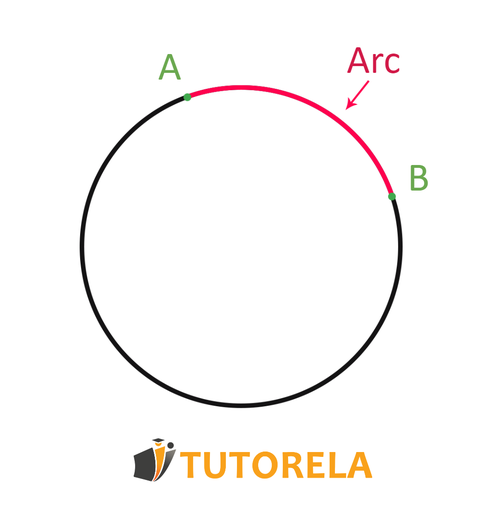Arcs in a Circle
An arc is a portion of the circumference of a circle, the part that is between points on the circle.
The arc is part of the circumference of the circle and does not pass inside the circle.
Arcs are categorized as either major (larger than half the circle) or minor (smaller than half the circle).

More relevant components of the circle:
- Radius: The distance from the center of the circle to any point on the circumference.
- Diameter: A straight line passing through the center that connects two points on the circumference, equal to twice the radius.
- Arc: A portion of the circumference.
- Chord: A line segment connecting two points on the circle.
- Tangent: A line that touches the circle at exactly one point.
Arc Length - Advanced
The central angle formed by two radii connecting the center to the arc determines its size. The distance along the arc can be calculated using the formula
is the central angle in degrees.
Sector: The area bounded by two radii and the arc, resembling a slice of pie.













